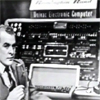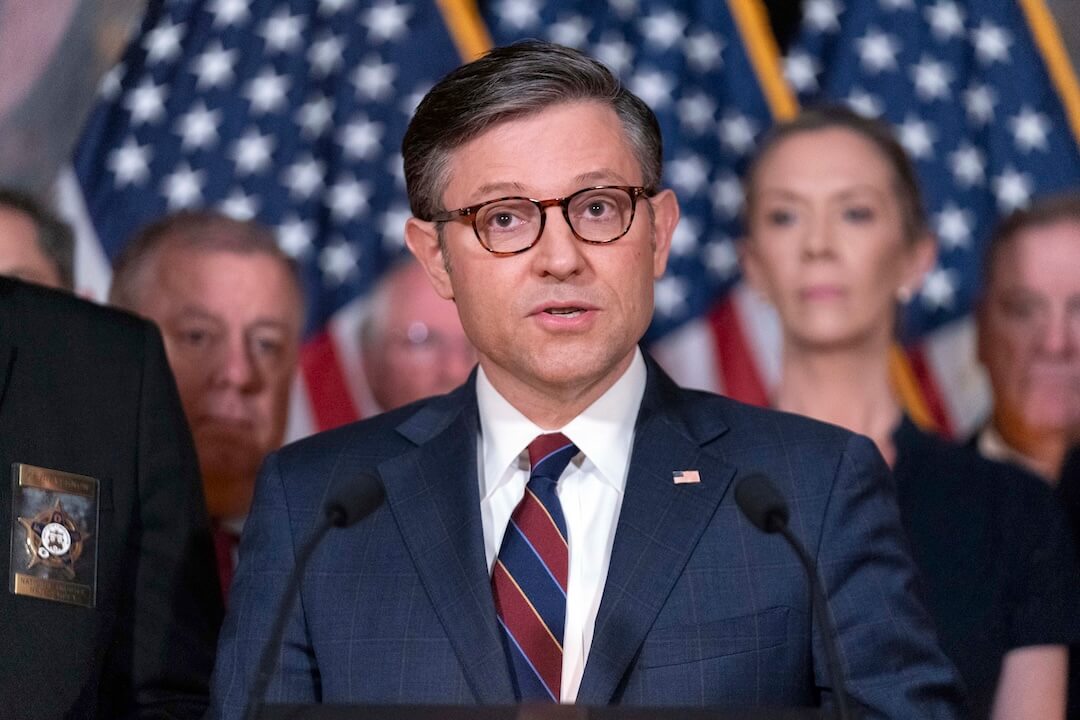On November 4, 1952, CBS News used a Remington Rand UNIVAC computer for its presidential election night coverage.
Although some predicted a close race between Republican Dwight Eisenhower and Democrat Adlai Stevenson, UNIVAC correctly predicted that Eisenhower would win in a landslide.
“CBS’ Charles Collingwood was the reporter assigned to UNIVAC, one of the world’s first commercial computers.
‘This is the face of a UNIVAC,’ Collingwood told the CBS audience. ‘A UNIVAC is a fabulous electronic machine, which we have borrowed to help us predict this election from the basis of early returns as they come in.’
….This explanation was rudimentary but the general public had never seen a computer work a live event before. And Collingwood was trying very hard to personify what was being called an ‘electronic brain’ with lines like: ‘He’s sitting there in his corner humming away.’
….Before election night 60 years ago, the race between Stevenson and Eisenhower looked close. But early in the night, with just over 3 million votes counted, UNIVAC predicted the odds were 100 to 1 in favor of Eisenhower.
….’This is not a joke or a trick,’ Collingwood told his television audience, ‘It’s an experiment. We don’t know. We think it’ll work. We hope it will work.’
In the end, it did. And of course, computers were also getting faster, more powerful. Big hulking early computers like the UNIVAC were shrinking. By the late 1960s, tiny electronic circuits, or microchips, would transform the industry and computers would begin to find their way into all of our lives.”
— “The Night A Computer Predicted The Next President”
NPR, October 31, 2012
UNIVAC not only predicted elections, but the computer also helped report the weather.
And if all this computer history wasn’t enough, here is Edward R. Murrow’s 1951 “See It Now” story about the MIT Whirlwind computer. He reports: “These are days of mechanical and electronic marvels…”






